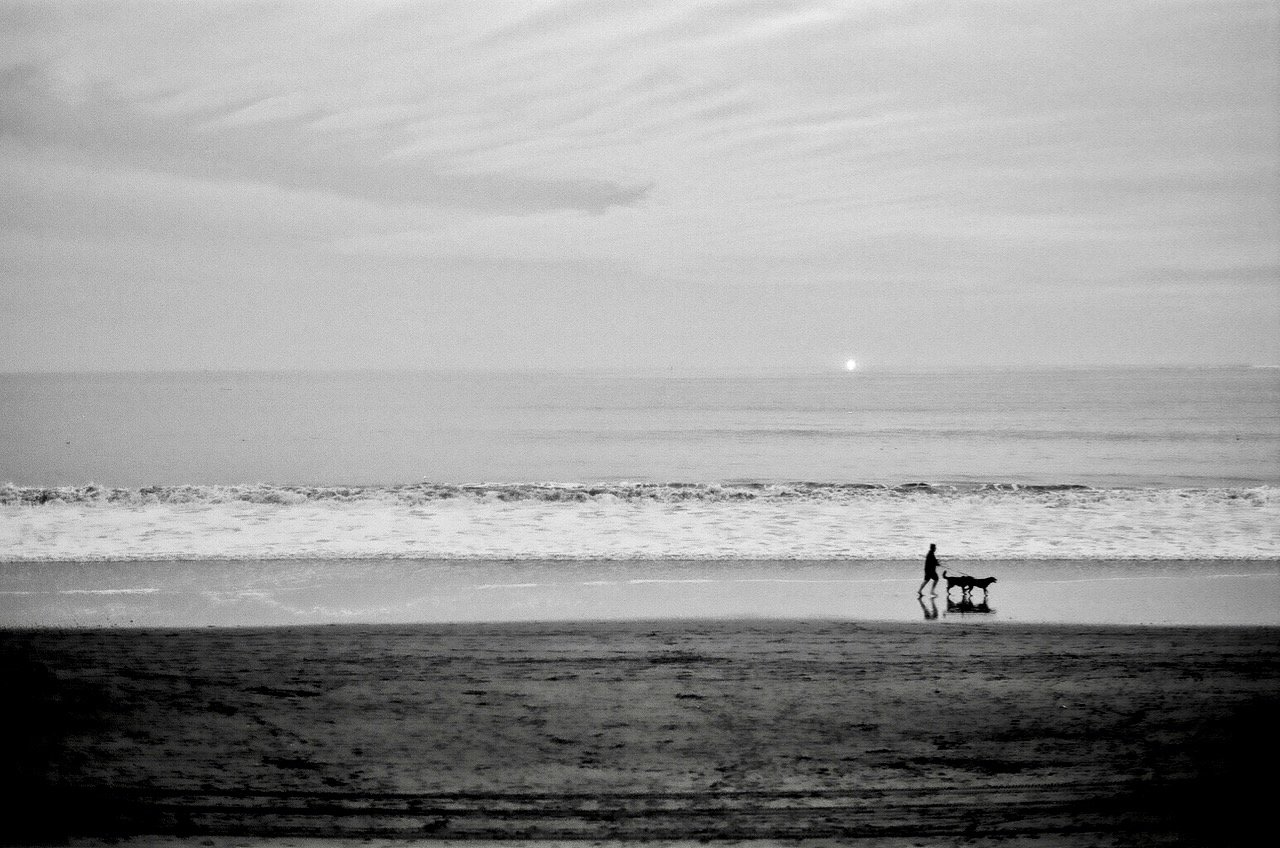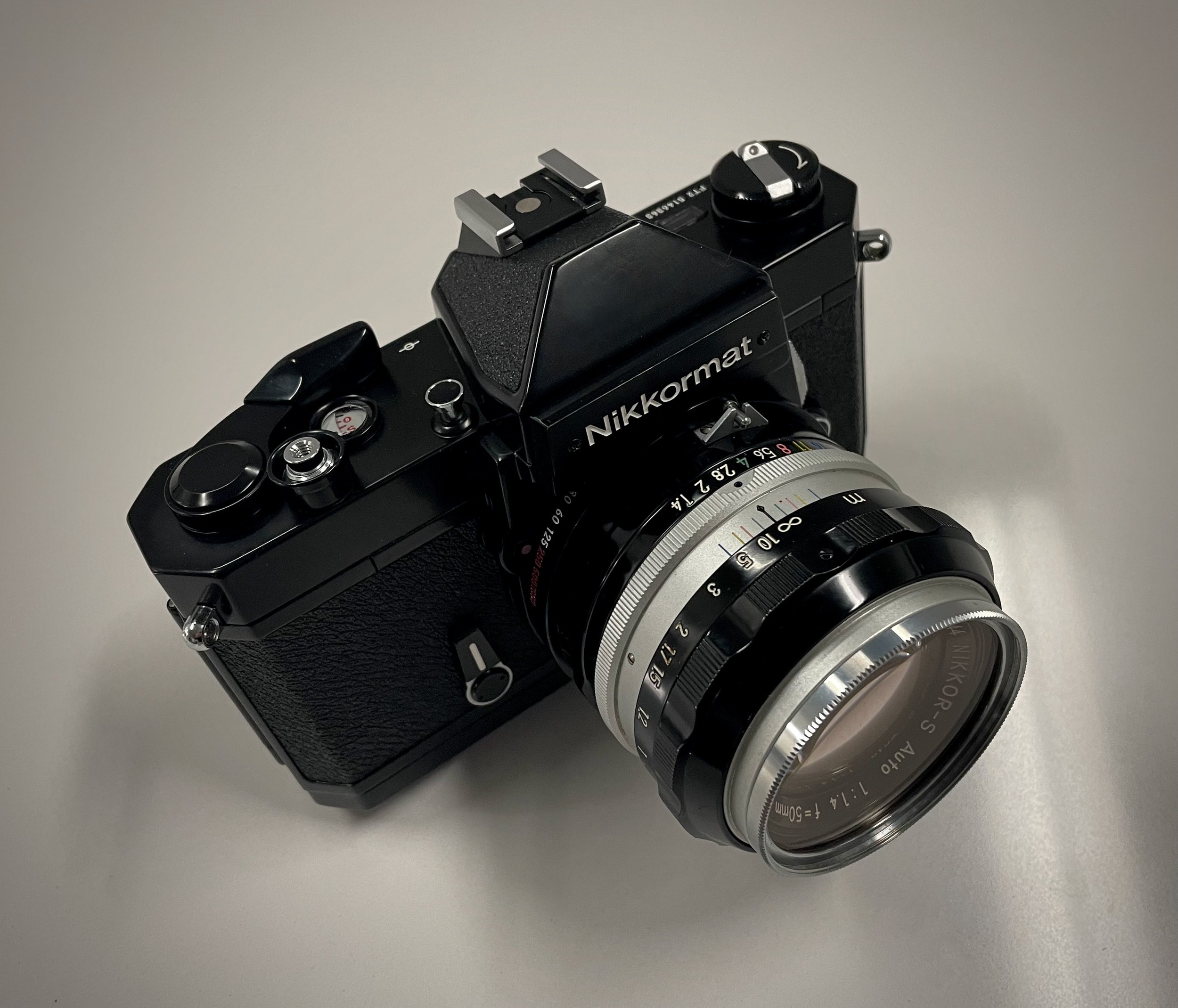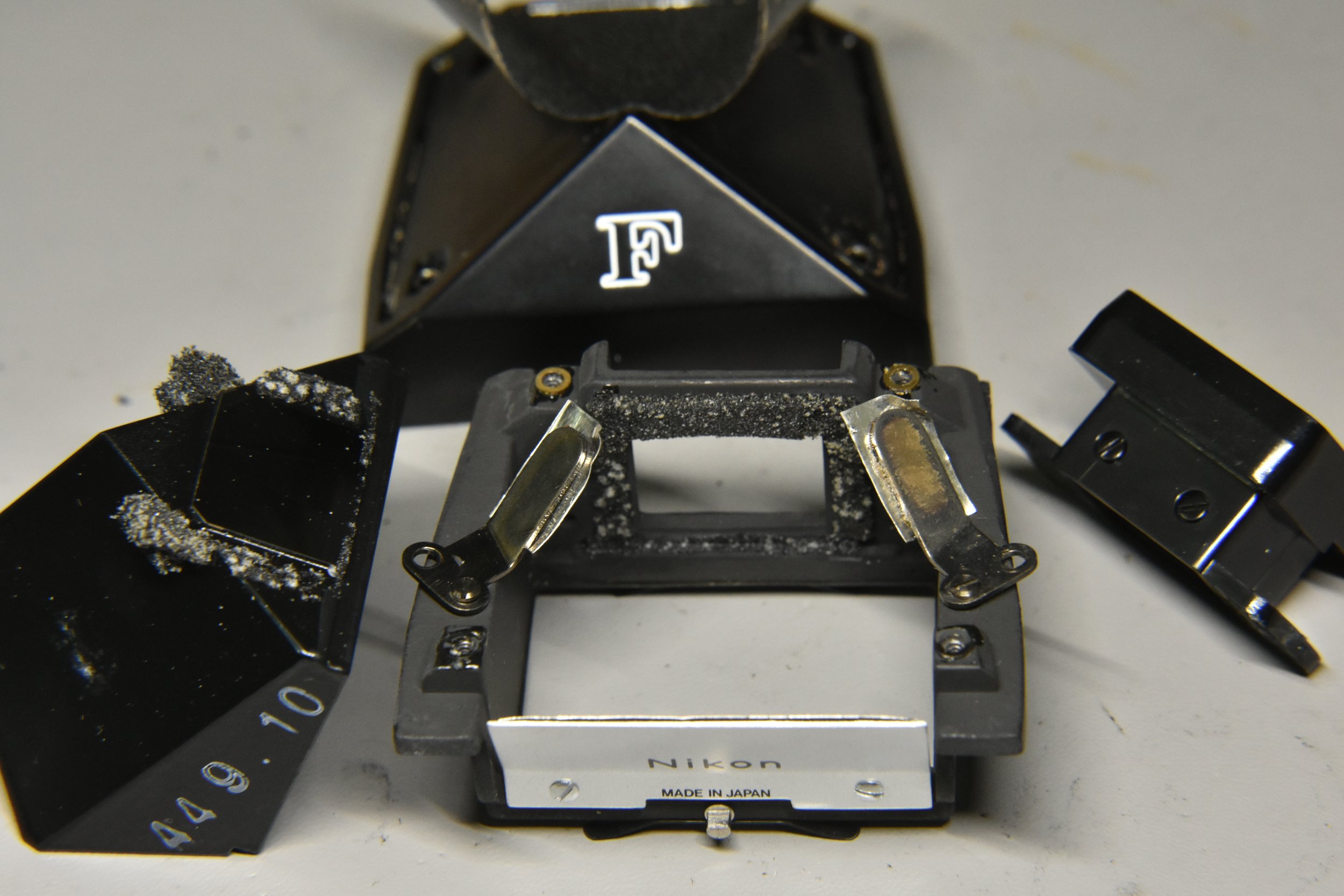Downsizing Update
It has been so rewarding to see some of my cherished film cameras find their way around the world into the hands of photographers who will use and enjoy them as much as I have. And I’ve made some new photography friends along the way, which has been nice.
The downsizing continues.
Pentax K2 with 50mm f/1.7 SMC Pentax-M: The K2 was the top of the line in the K series full size Pentax SLRs. Think KX, KM or K1000 with aperture-priority auto exposure. I love the analog meter read out in the viewfinder. This copy came from a dear friend in Los Angeles who used to work for Pentax. Overall in excellent ++ condition. Lens is in similar condition. I’ve included an after-market lens hood as well. $200 + shipping.
Nikon FE with 50mm f/1.8 AI-s Nikkor Pancake Lens: This FE is mint, from top to bottom. It received a complete and thorough clean-lube-adjust (CLA) from Jim Holman at ICT in San Diego in October, 2022. That service was $180 and I will include the documentation. This FE comes with one of Nikon’s sharpest standard prime lenses, the Nikkor 50mm f/1.8 Pancake. This version which is different from other, cheaper more plastic versions. You can tell this lens from other 50/1.8 Nikkors by these features:
Serial number starts with a 2. Other more common and cheaper versions start with a 4.
Lens has only one row of rubber focus rings on the front of the lens. Other versions have 2 or 3.
1.5’/0.45 meter close distance focus
NIKKOR, not SERIES E, engraved on the front of the lens
I am also including a Nikon 52mm chrome protective filter and Nikon OEM hot shoe cover. I am into this kit for just over $500 including the body, Holman service and lens. As with all of my gear, I’d prefer it go to a loving home, so if you are interested, shoot me an offer.









































































